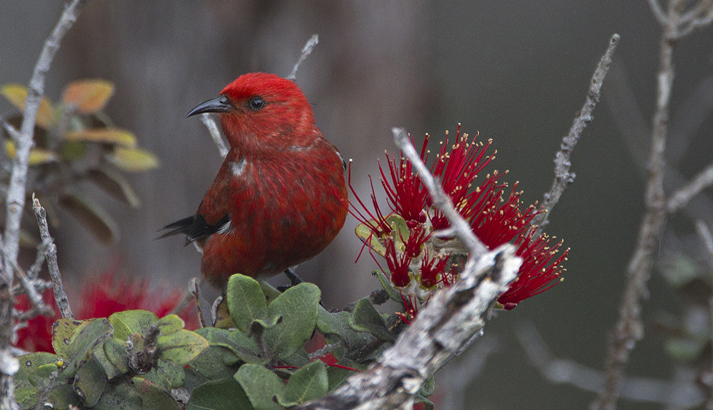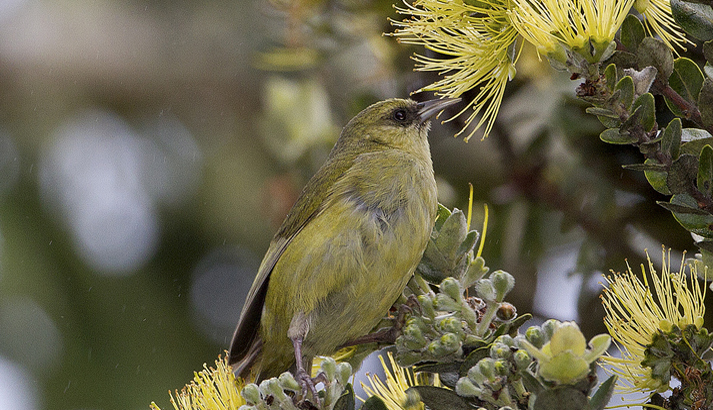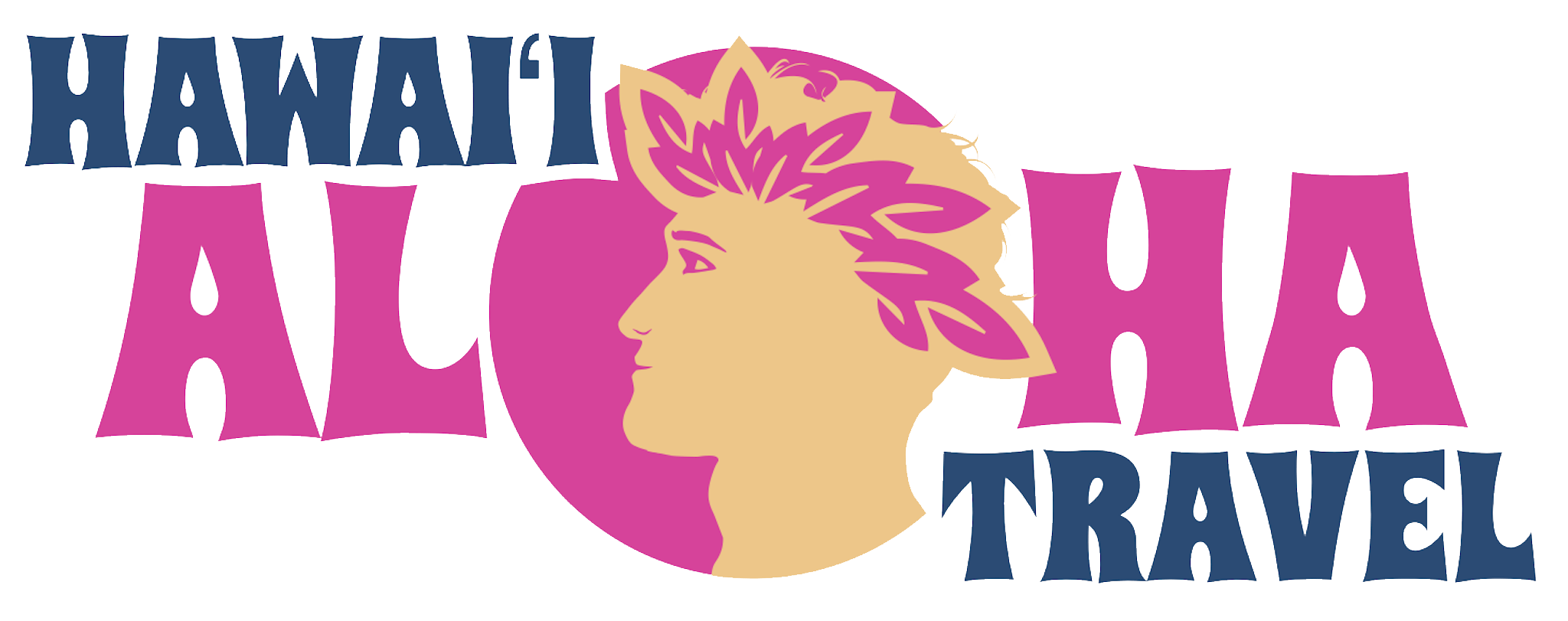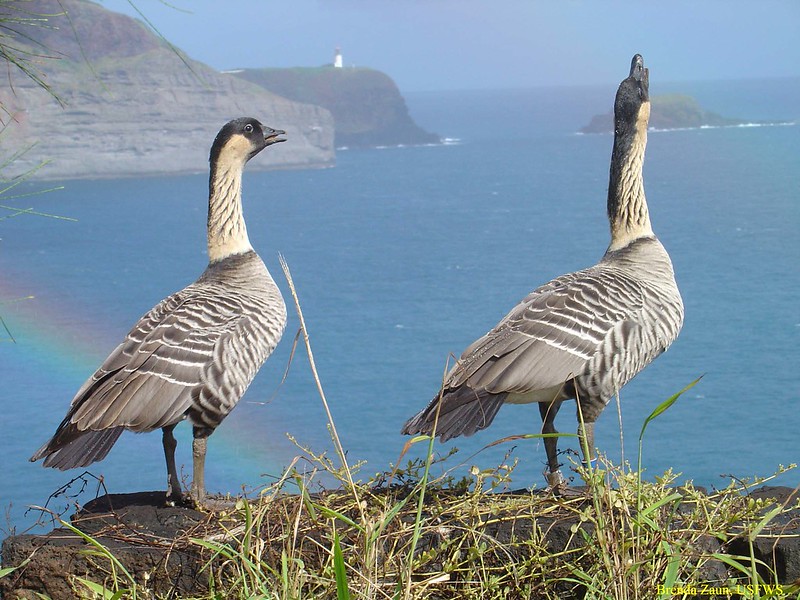Several endangered and at-risk native Hawaiian bird populations are rebounding thanks to the efforts of government agencies, nonprofits, rigorous scientific research, and volunteer efforts. Hawaii bird watching is on the rise.
U.S. Secretary of the Interior David Bernhardt recently made the announcement that Hawaii’s state bird, the beloved Nene Goose, is no longer on the endangered species list. It is important to note that the species is still considered “threatened” and continued efforts are still needed to ensure its survival in the wild.
US Senator Brian Schatz said in an official statement that “We have a long way to go before the nene is completely recovered, and will require continued protections, but this is an important milestone.”

Nene goose sightings are becoming more common on Kauai and Hawaii Island, and conservationists were thrilled when a nesting brood of the iconic bird was recently spotted in Kahuku on Oahu’s North Shore. Conservation efforts have been critical to the continued recovery of the species. Part of Hawaii Volcanoes National Park was closed to traffic of late, as a nesting brood was spotted in the area.
An ongoing conservation effort on the slopes of Haleakala Crater on Maui is seeking to encourage the restoration of the native kiwikiu (KEE-vee-Kee-yoo) population. Conservationists are hopeful that they can bring the species back from the brink of extinction. Scientists estimate that unless significant action is taken, the species will become extinct within 25 years.
We blog about Hawaii
because we love Hawaii.
There are several federal, state, and nonprofit organizations involved in the effort to save the kiwikiu, including the US Fish and Wildlife Service and the American Bird Conservancy. Some of those methods include trapping and relocating and habitat preservation, as well as broadcasting the calls of the bird throughout vital areas of its habitat with Bluetooth loudspeakers.
The io (EE-oh), the Hawaiian hawk that makes its home in the forests of the Big Island was quite recently de-listed as an endangered species. A sharp decline in illegal hunting and determined efforts at habitat conservation have led to a stabilization in the population of the Hawaiian raptor. First listed as endangered in 1967, the slow recovery of the species is evidence that earnest efforts to preserve its environs are effective.

Hawaii is a paradise for avid and educated bird watchers. The rarest species are in the most remote parts of the Aloha State, lush forests and wetlands accessible to only the most intrepid and committed.
The number of endangered Hawaiian bird species is alarmingly large. The Bishop Museum lists 32 species throughout the Hawaiian archipelago, which stretches 2500 miles to the tip of the Northwestern Hawaiian Islands.
Habitat and population conservation efforts are ongoing, led by a dedicated assembly of scientists, naturalists, conservationists, and a general public committed to preserving Hawaii’s native bird species that are perhaps the most unique and remote in all the world.
There are many resources for Hawaii’s visiting bird watchers and amateur ornithologists (or “birders”, as many call themselves). Find some below. Hawaii Aloha Travel can help enthusiasts and their groups plan a Hawaii bird watching experience to last a lifetime. Give us a call.




